Energy efficient house on the water
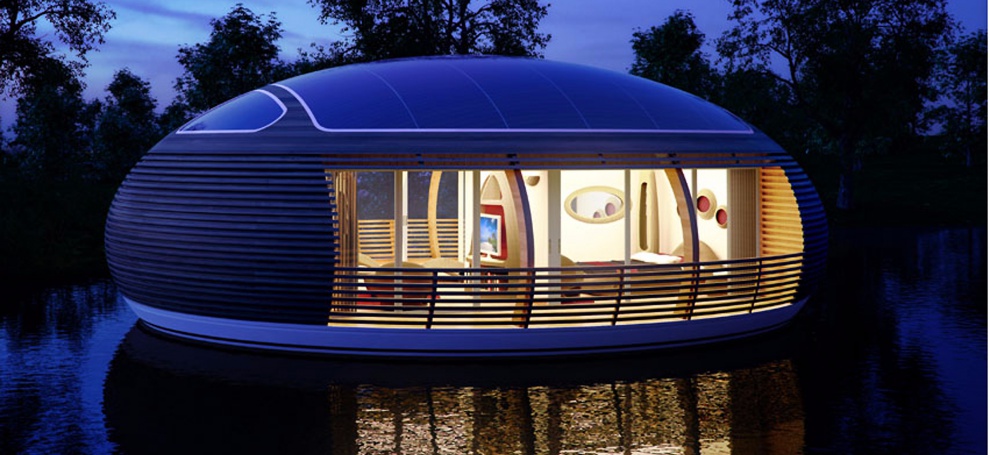
If you have ever thought about housing on the water, but exclude the option with a boat, for you there is a more fashionable alternative. Italian architect Giancarlo Zema, known for his extravagantly extravagant megayachts and exotic underwater recreation complexes, has teamed up with EcoFloLife in London, which specializes in “environmental floating structures” to create an energy-efficient floating house measuring 92 square meters of recycled wood and aluminum. The design promises to be aesthetic and more like a house than a boat.
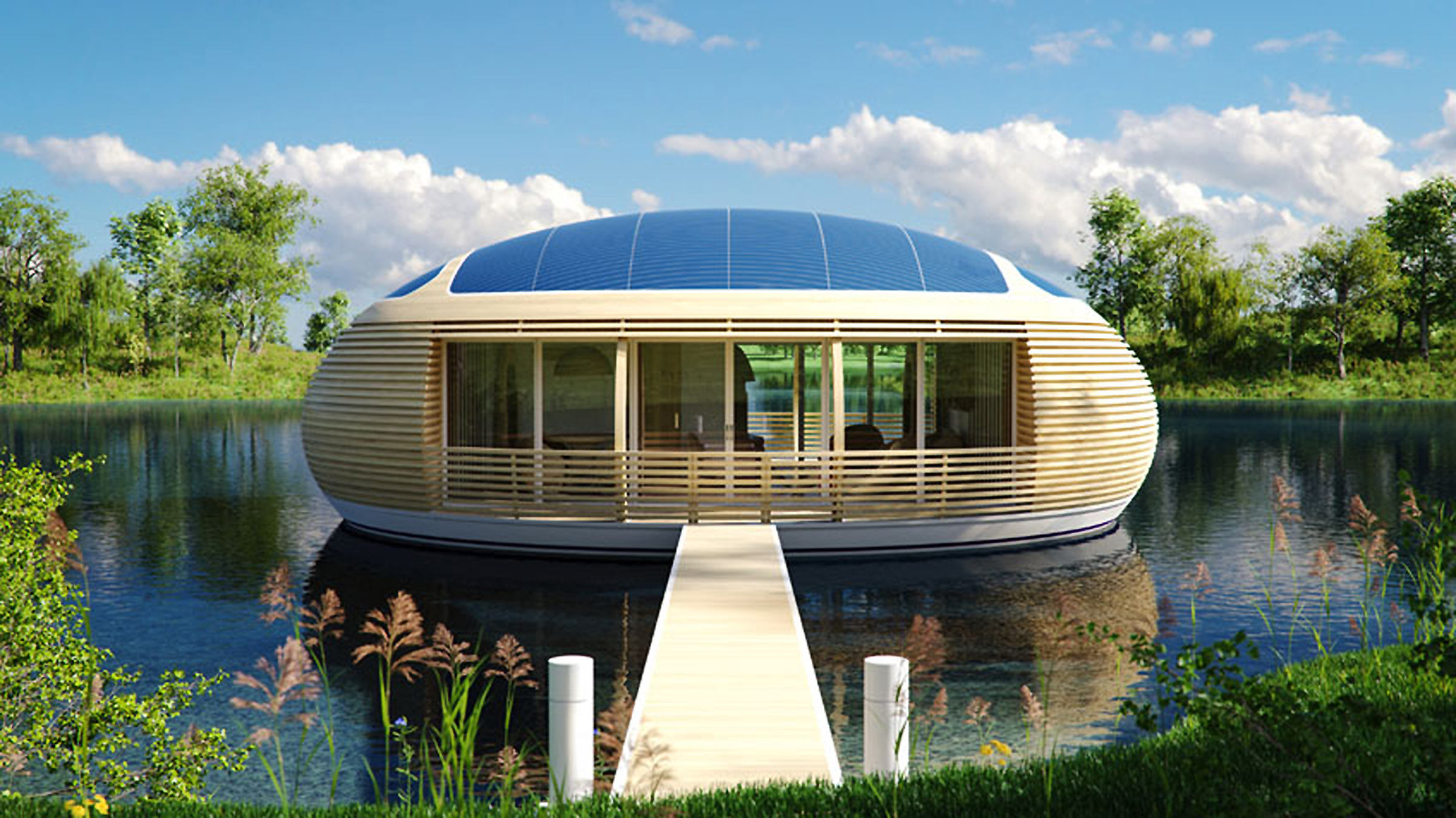
')
The project is called Waternest 100 and focuses on self-sufficiency. According to the company, “the world around us is becoming chaotic and conformist, which creates a need for green houses , allowing us to live in complete independence from others and in harmony with nature, respecting and admiring it. The constant change of climate and the rising level of the seas and rivers forces us to choose environmental self-sufficiency in housing issues. ” In other words, it is possible that the Earth can be protected by descending from it to another surface - covering 70% of the planet.
Waternest 100 is only 10 meters wide and 5 meters high, and the roof is covered with solar panels with a total area of 60 square meters, capable of generating 4 kW of electricity in sunny mid-day weather, which exceeds the performance of most typical solar installations. Hatches, balconies and windows offer a great view of the beauty of the outside world, wherever you float. The interior may include a living room, dining room, bedroom, kitchen and bathroom, or another scheme, depending on the needs (office, bar, restaurant, shop and exhibition space).
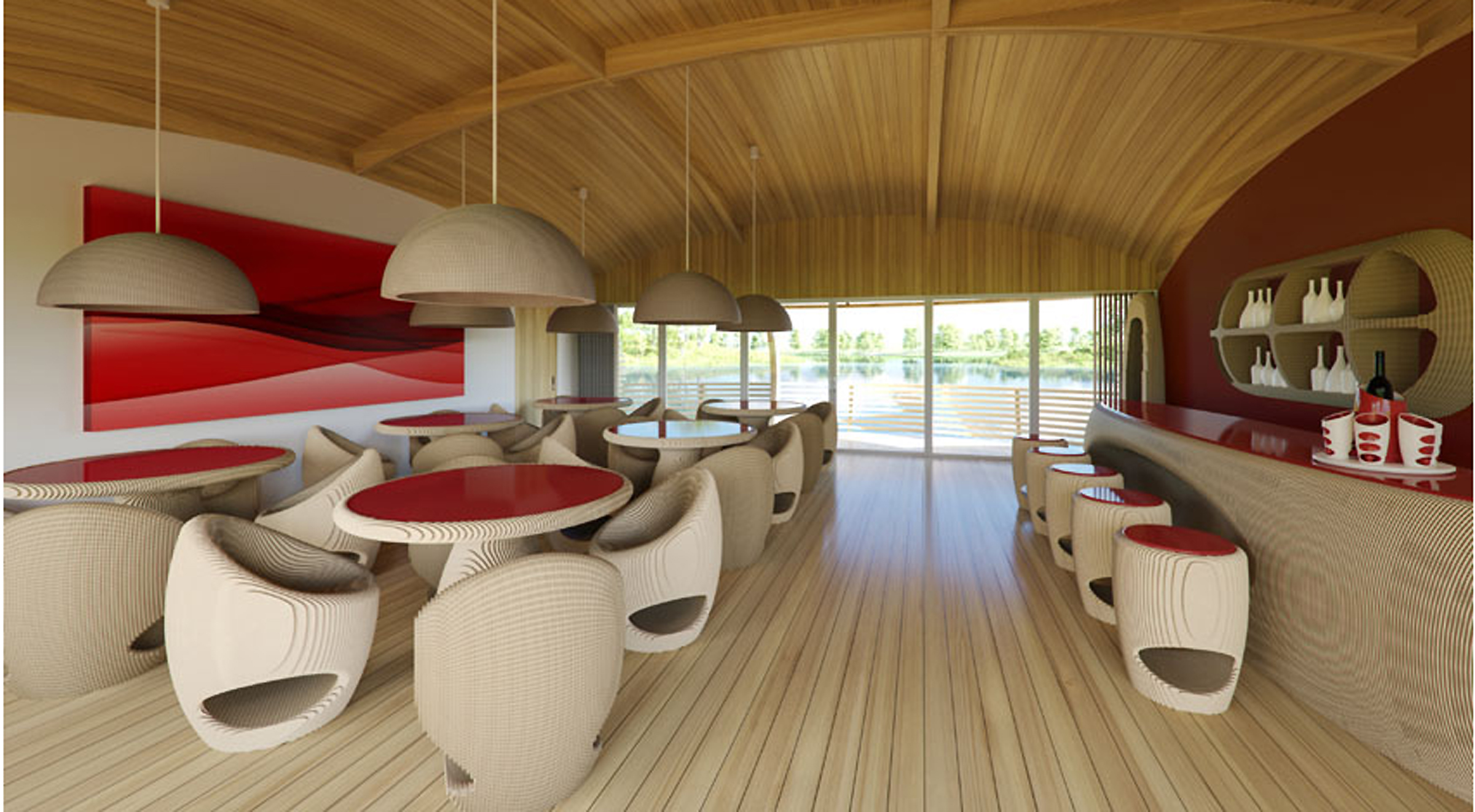
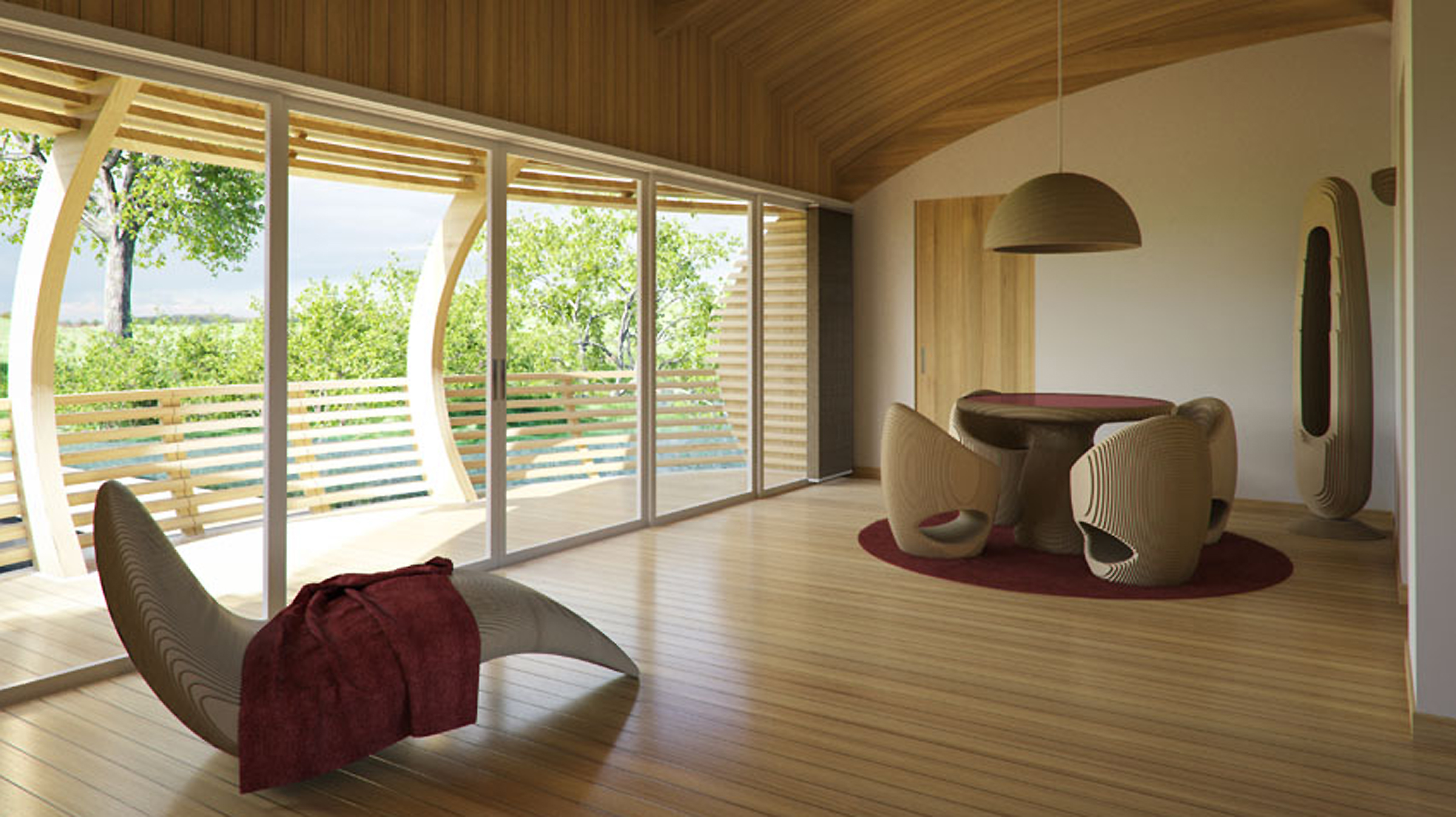
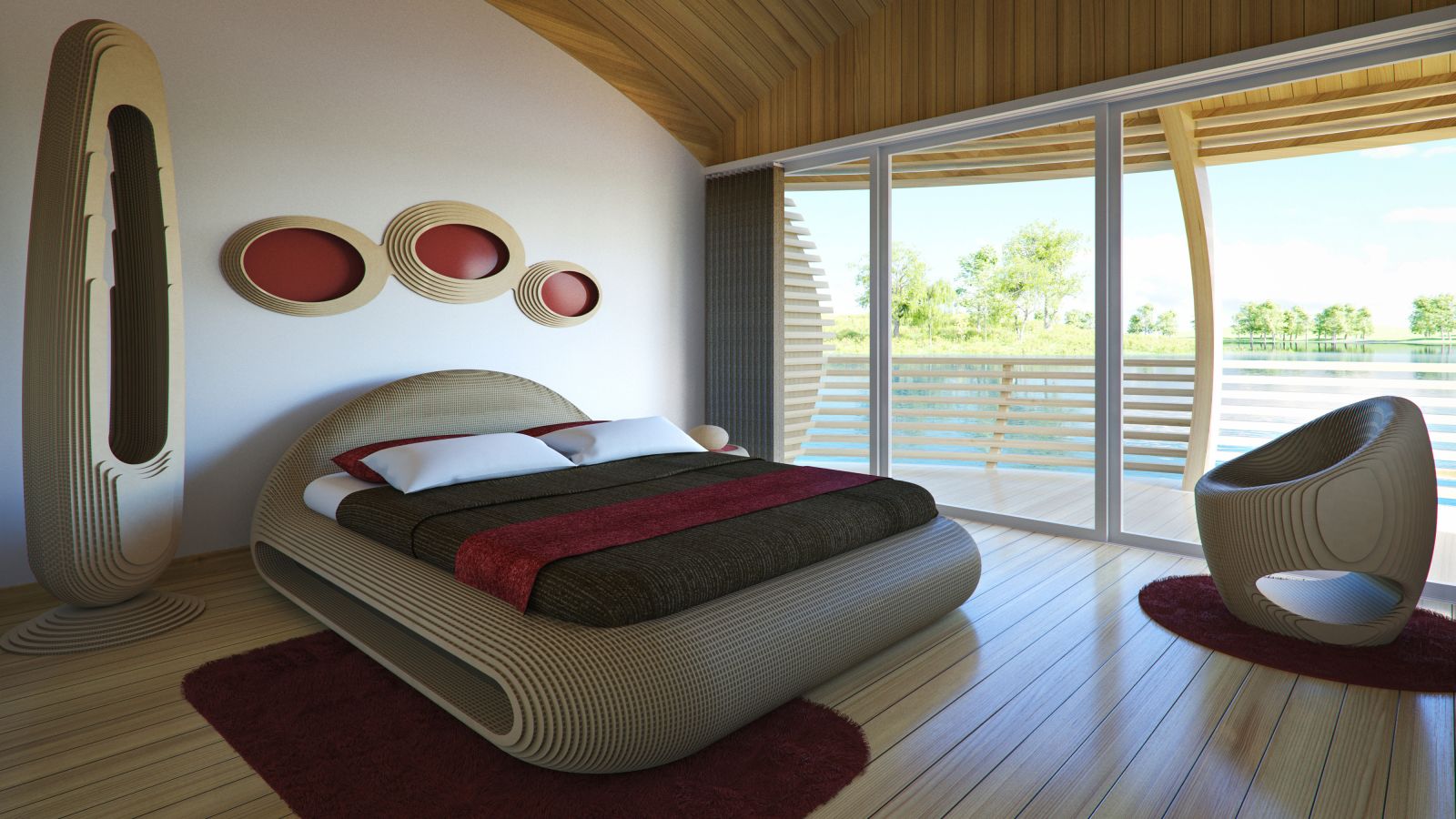
Regarding logistics, the company reports that the WaterNest 100 does not require permission to sail a vessel or other complex licenses. As soon as you decide to choose for yourself such an ideal vacation spot, you only need to request a simple permit from the local shipping authorities to sail in inland waters. The house can be delivered to a point near the place of stay, and then towed to the final destination. EcoFloLife recommends choosing a place with “calm waters” - a river, lake, bay or atoll.
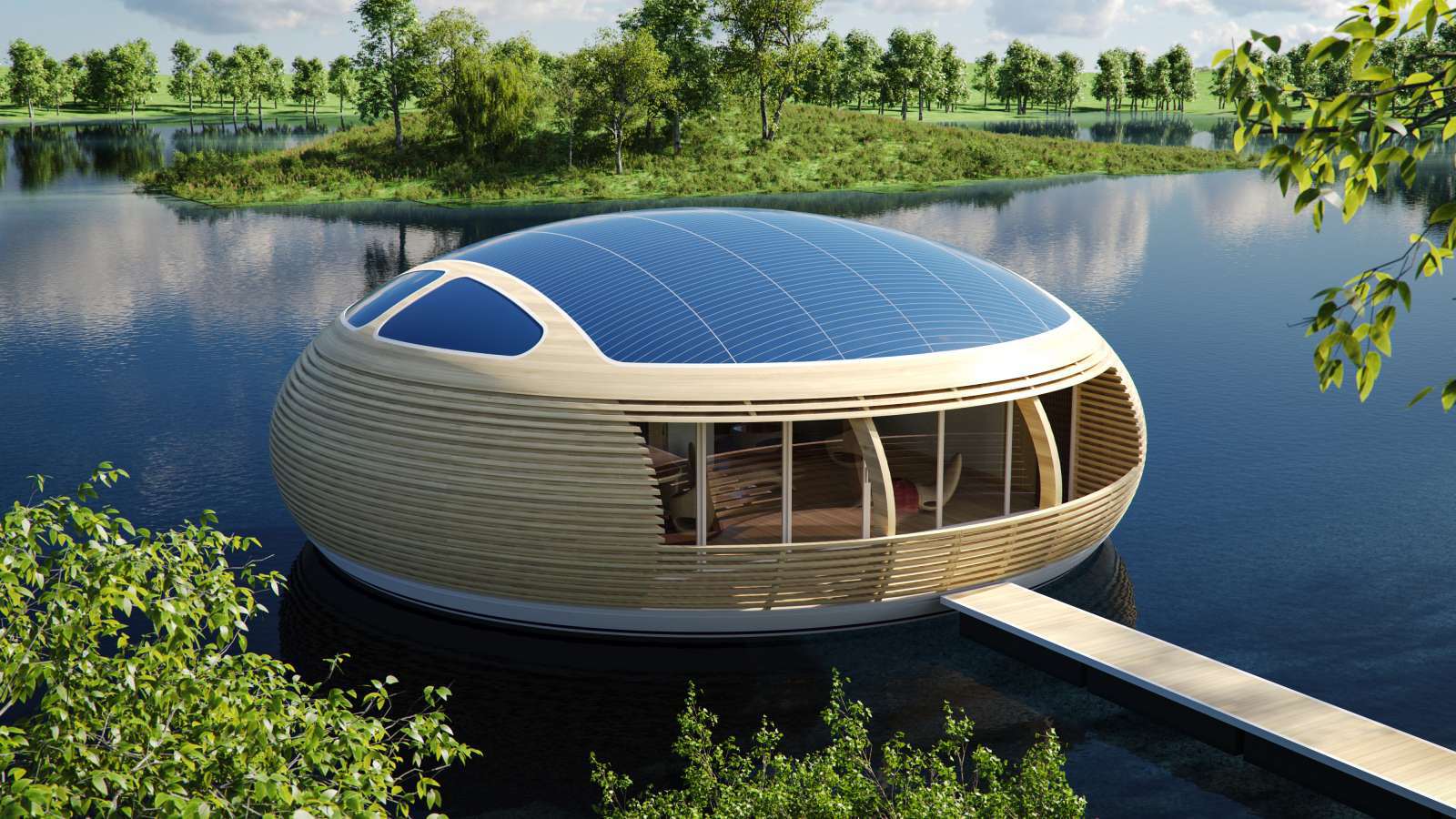
Skeptics say that the hull of each boat needs to be serviced, and it is unclear whether the Waternest will need to be pulled out of the water for this, and if so, how. It may also not be so easy to tow your home wherever you want. One can only imagine a conversation with the zoning office.
And taking into account the initial price of $ 54,000, such self-sufficiency will not cost you cheaply, although living expenses (and probably the lack of property tax) make the house affordable in the long term.
Source: https://habr.com/ru/post/367925/
All Articles